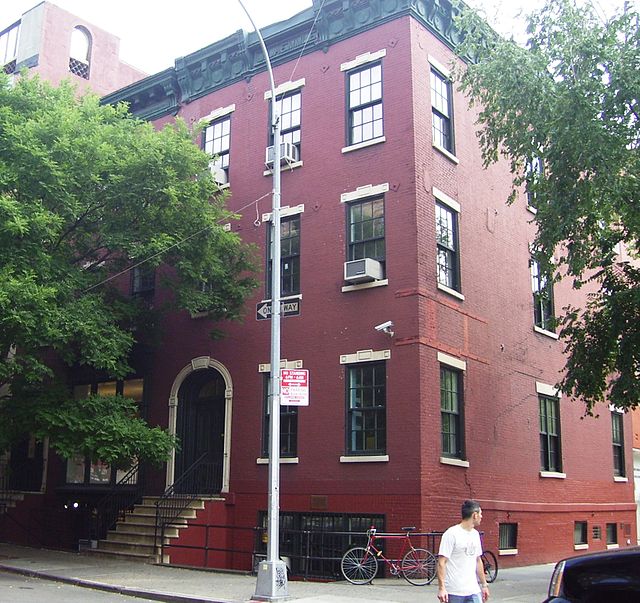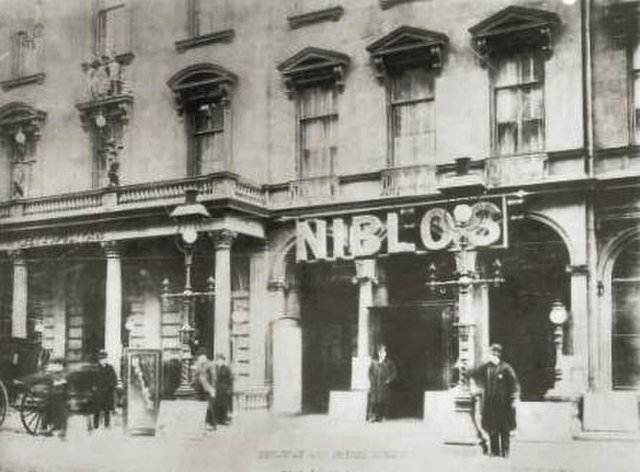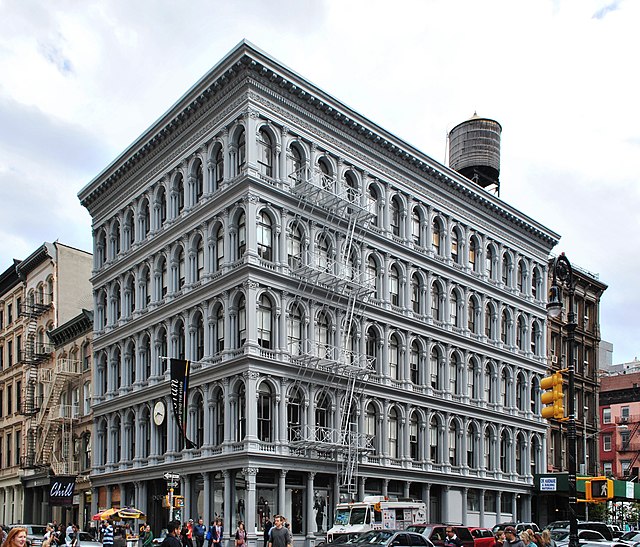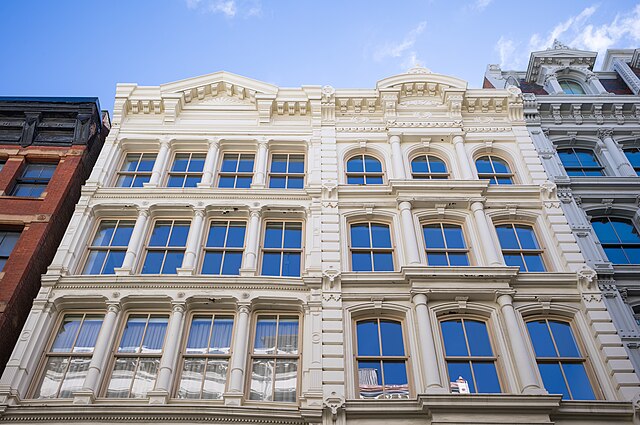The South Village is a largely residential area that is part of the larger Greenwich Village in Lower Manhattan, New York City, directly below Washington Square Park. Known for its immigrant heritage and bohemian history, the architecture of the South Village is primarily tenement-style apartment buildings, indicative of the area's history as an enclave for Italian-American immigrants and working-class residents of New York.
200 Bleecker Street, part of the Little Red School House in the South Village
Our Lady of Pompeii Church seen through Father Demo Square
St. Anthony of Padua Church on Sullivan Street between Prince and Houston Streets
SoHo, sometimes written Soho, is a neighborhood in Lower Manhattan, New York City. Since the 1970s, the neighborhood has been the location of many artists' lofts and art galleries, and has also been known for its variety of shops ranging from trendy upscale boutiques to national and international chain store outlets. The area's history is an archetypal example of inner-city regeneration and gentrification, encompassing socioeconomic, cultural, political, and architectural developments.
Cast-iron buildings on Grand Street between Lafayette Street and Broadway
Niblo's Garden, seen here around 1887, was an entertainment venue on Broadway near Prince Street from 1823 to 1895
The E. V. Haughwout Building at Broadway and Broome Street was built in 1856–57, and has a cast-iron facade by Daniel D. Badger
Cast iron facade in Second Empire style of 28 Greene St. The building, known as "The Queen of Greene Street", was built in 1873 to the design of architect Isaac F. Duckworth.







